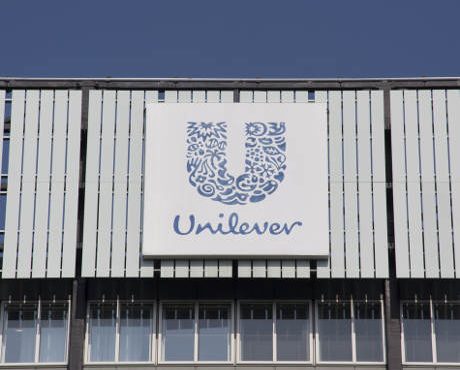More Upside for Unilever NV
We have become a nation of traders. People are constantly buying this and selling that. Each time, they’re hoping to hit the jackpot on some stock that doubles or triples in a short period of time.
It wasn’t always like this. Back in the old days, high commissions meant people tended to buy and hold their shares. Such a “get rich slow” approach required patience and commitment. But by owning wonderful businesses that raised their dividends regularly, investors often built far more wealth over the long run.
Which brings me to today’s topic, Unilever NV (NYSE:UN). Fueled by growing sales and prudent cost control measures, the consumer products giant has delivered 38 years of consecutive dividend increases, including an eight percent bump this spring. (Source: “NV share dividend history,” Unilever NV, last accessed June 7, 2018.)
Since we recommended the stock to Automated Income subscribers in October 2014, the company has boosted its distribution on four occasions. Over the period, shares have delivered a total return (assuming all dividends had been reinvested) of 65%. If you need proof that the patient “buy and hold” approach pays off, here it is.
But that’s all looking in the rear-view mirror. What does the company’s future look like going forward?
The law of large numbers works against large-cap companies like Unilever. With over $60.0 billion in annual sales, moving the needle on such a behemoth operation isn’t easy. Slow growth, especially in the company’s core European market, also presents a challenge.
To tackle this, Unilever has adopted the “70-20-10 rule,” whereby the company plows 70% of its investment and innovation dollars into global brands, with local needs being served by the remaining 30%. To further streamline new product innovations and cater to specific country needs, Unilever has also set up country category business teams to strengthen local managers.
Management wants to squeeze more profit out of each sale, too. Executives have introduced a number of cost-saving initiatives over the past few years, such as the introduction of zero-based budgeting and streamlining supply chain operations. The company’s “Connected 4 Growth” initiative also delivered a 15% reduction in middle and senior management.
All of this investment bodes well for dividend investors. Over the next five years, “the street” is looking for Unilever to grow earnings at a nine percent annual clip. If one conservatively assumes the company will raise its distribution at roughly the same rate, the payout would grow to $2.95 by 2023. For investors that took our advice and purchased shares back in 2014, that would raise the yield on cost to nearly 10%.
Given the positive outlook, it’s perhaps not surprising that Unilever shares have outperformed. At the start of 2017, shares traded for less than $40.00 each. By the end of the year, they hit a high of nearly $61.00.
I can’t tell you where Unilever’s shares will go next. They could go up. They could go down. They could bounce up and down for all I care. But over the long haul, I expect the dividend (and, by rough extension, the share price) will continue to rise. That’s why I continue to love this business.
